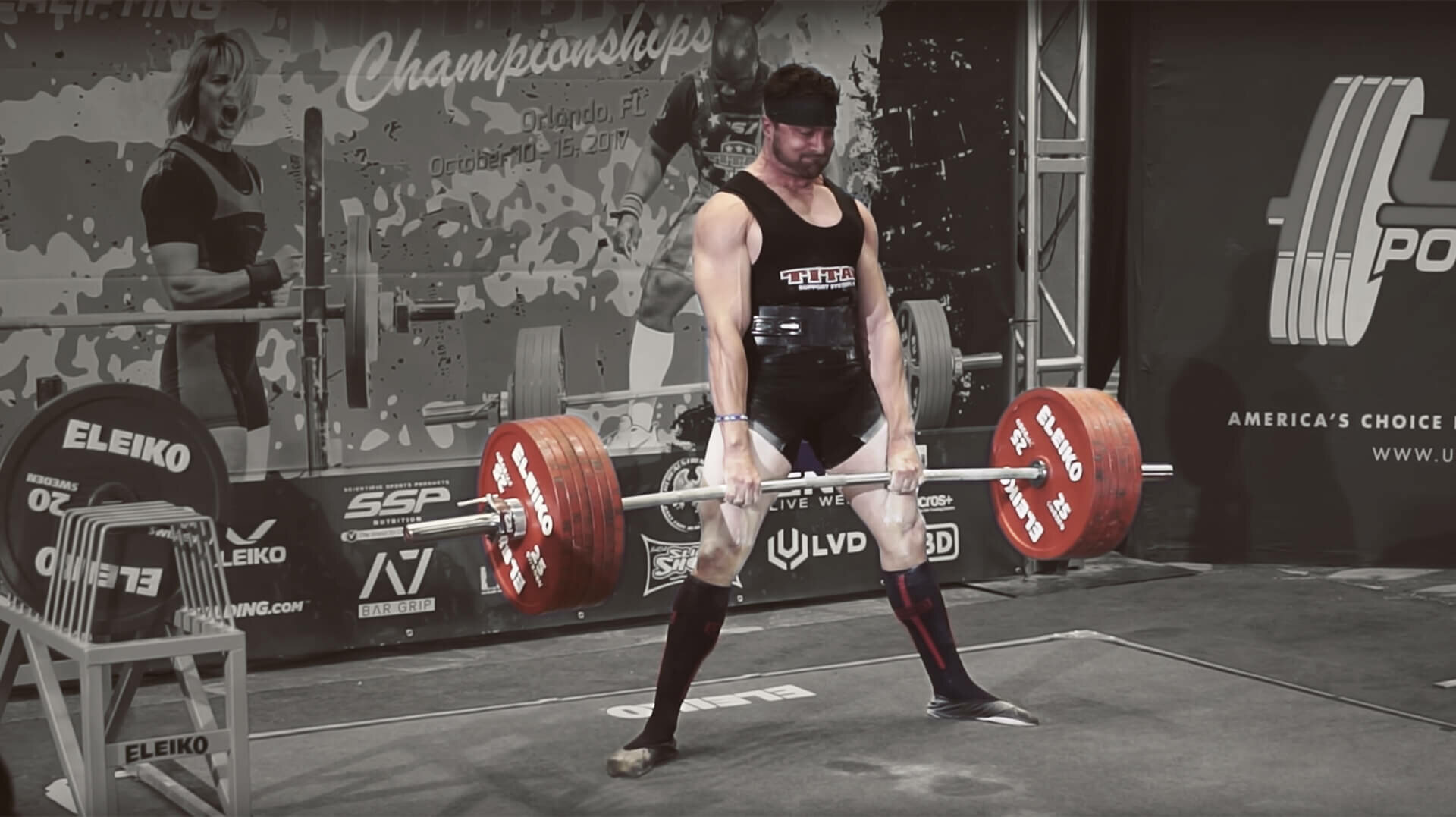Over the past few years, there has been a renaissance of sorts with respect to barbell sports. People all across the country are finding a new hobby in powerlifting, weightlifting, and even CrossFit. Although many do it simply for the challenge of picking up heavy stuff, people are now showing up in droves to test their might in competitions. This wonderful phenomenon has led to the growth of a supportive and engaging strength-centered community which makes competing even more rewarding. As we show up as a spectator or volunteer at local meets, the desire to compete grows even further. Unfortunately, we can’t expect our bodies to hold up to the demands of competing every weekend. So just how often is too often when it comes to competing? As with everything, the answer depends on the individual. However, there are some general guidelines that can help you decide the optimal frequency for yourself.
Beginner vs. Advanced
One thing you need to keep in mind is the different dose response that you’ll get out of competing based on your training age. Most people haven’t yet tapped into their full potential strength wise when they start competing. Stepping onto the platform and attempting a 1RM actually won’t be as taxing to the central nervous system compared to what is experienced by a veteran lifter. Think of the difference between a back squat 1RM of 225 pounds versus 600 pounds. Although they both represent a relatively heavy attempt, a veteran lifter who squats that 600 pounds is going to take a huge hit CNS wise compared to the beginner who squats the lighter weight. Because of this, novices can get away with competing more often than advanced lifters.
Another consideration that needs to be made is the aspect of practice when it comes to competing. Someone who is new to competing would benefit from more frequency in order to become more comfortable with the competition environment. All of the nuances of meet day from commands, to warm-up strategy, and even nutrition are hard to replicate in the gym. The best way to get comfortable with those skills is to immerse yourself in that environment more often. After a handful of meets, it will feel like second nature. Therefore, meet day veterans don’t need that stimulus as often given their past experiences.
Sport vs. Recreation
Some people take competing very seriously while others view it as simply a fun hobby. The attitude you apply toward it can also influence how often you should compete. Those who just like to go out and have fun on the platform would probably benefit from (and prefer) competing more frequently. Think of it as sort of a reward for busting your butt in the gym day after day. They get to go out and show themselves and their friends what they’ve got on that particular day. Maybe they don’t PR every time they compete, but the point for them is just to have fun anyway. In fact, if this is your style, then it would be best to assume that performance will vary depending on the kind of training you use to stay competition ready.
However, lifters who have their eyes set on a national competition and a gold medal will need to be more judicious in their competition frequency. The main goal of a competitive lifter should be to get as strong as possible. This will allow them to put forth their best effort on competition day and give them the best chance of setting PR’s and winning medals. In this case, competing too often will actually have a negative impact on their goals.
In order to stay “in shape” for a meet, training would have to stay relatively heavy and specific. However, in order to get the most out of your training, there needs to be an off-season. Spending time building a base and increasing general physical preparation allows your specific and intense phases to be more fruitful. Think of how athletes in other sports train to get better. Usain Bolt and Michael Phelps don’t spend their time trying to maintain their world record conditioning year round. They take time to work on weaknesses, build up their preparedness, and then rebuild their specific fitness leading into a competition. This process takes time and so in order to accommodate that, you’ll need to compete less frequently.
Specific Recommendations
As you can see, the question of how often you should compete can have a complex answer. But I’d like to offer some numbers for those who are hungry for specific guidelines. Keep in mind that these are just my opinion. This doesn’t mean you have to hit these numbers, but they offer a measuring stick for you to compare with your current behavior. The lower end of the ranges is good for those who want to prioritize gaining as much strength as possible while the higher end works well for those who just want to have fun competing.
- Beginner (1-3 years of training): 3-5 competitions per year.
The goal for beginners should be to build up the skill of competing while also making progress. Competing more often will allow them to get comfortable in the meet environment. Additionally, the lower training age means they will continue to make progress despite competing more often. You can always use meet days as “test days” where you only take 1st or second attempts. This allows you to get experience and not blow up your training. - Intermediate (3-5 years of training): 2-4 competitions per year.
After getting a few years of solid training under your belt, it is best to decrease competition frequency. The 1RM attempts are starting to get pretty taxing on the body and more “off-season” training is needed to make good progress. Competing a few times a year allows you to keep your competition practice while giving you time to make the necessary improvements - Advanced (5+ years of training): 1-3 competitions per year.
Now that you have been training for quite some time, you are most likely getting close to your max potential in terms of strength. Elite lifters often get wiped out from a competition and so it isn’t the best idea to do one very often. If you’ve been competing for a while now, being in the meet environment is natural. It is best to spend more time maximizing your training in order to set records or win the competitions you do decide to enter.
Conclusion
Most of us are drawn to the barbell sports partly because of the aspect of competing. The fun and novelty of meet day can be addicting so it is natural to want to enter every meet you find. But careful considerations should be made with respect to your overall goals when it comes to choosing your competition frequency. It is important to remember that everyone has different circumstances and so there is no “one size fits all” approach. If you love to compete, have the money, and find that it doesn’t hinder your overall progress, then a higher frequency might be for you. If your goal is to kick ass and win medals, then putting more time between your platform appearances may be a better option. Whatever you choose, it won’t be the wrong choice as long as it falls in line with your true goals and priorities.

